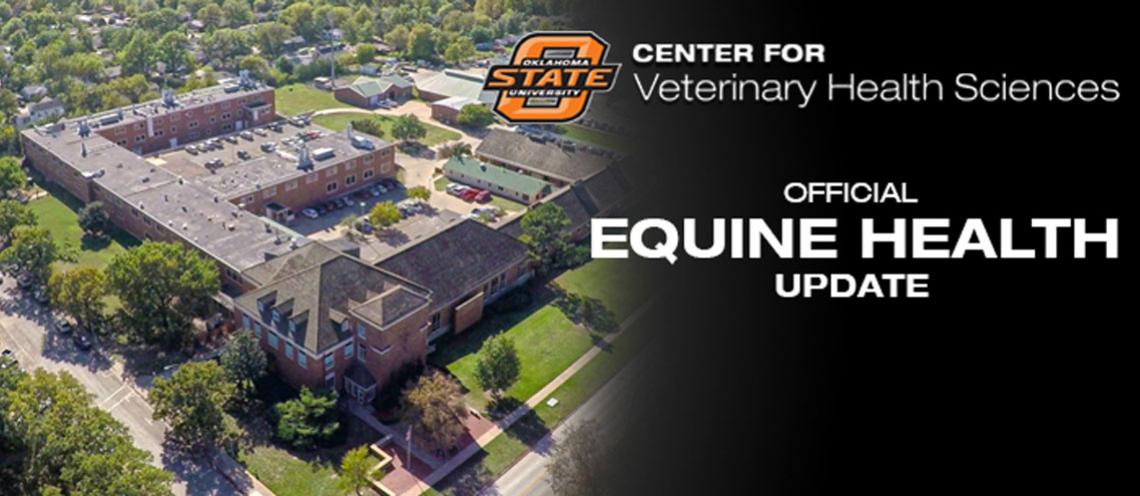
Oklahoma Reports 2nd EIA-Positive Horse
Friday, September 16, 2016
The Equine Disease Communication Center (EDCC) has reported a second confirmed case of equine infectious anemia (EIA) in Oklahoma.
According to the EDCC, the Oklahoma Department of Agriculture, Food and Forestry (ODAFF) confirmed a second EIA-positive horse for 2016. The 13-year-old Quarter Horse gelding located in McCurtain County was euthanized. The first case the EDCC reported in Oklahoma was a 14-year-old Quarter Horse mare from Atoka County that was also euthanized.
The ODAFF recommends regular EIA testing for all horses, including those that do not leave the property, at least every three years.
Equine infectious anemia is a viral disease that attacks horses’ immune systems. The virus is transmitted through the exchange of body fluids from an infected to a non-infected animal, often by blood-feeding insects such as horseflies, and more rarely through the use of blood-contaminated instruments or needles.
A Coggins test screens horses’ blood for antibodies that are indicative of the presence of EIA. Most states require horses to have proof of a negative Coggins test in order to travel.
Once an animal is infected with EIA, it is infected for life and can be a reservoir for the spread of the disease. Obvious clinical signs of the disease include progressive loss of condition along with muscle weakness and poor stamina. An affected horse could also show fever, depression and anemia.
Consult your veterinarian for proper EIA protocol for your horses.
